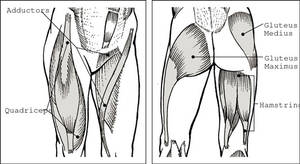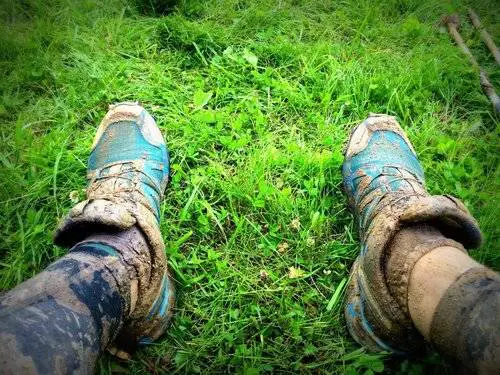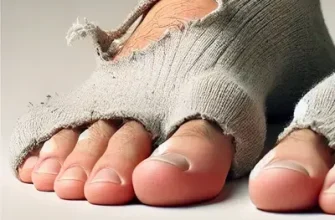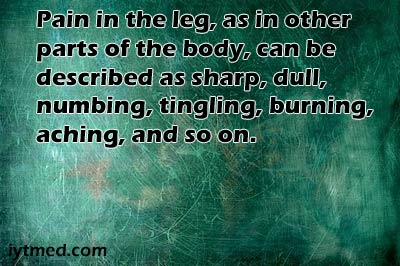Many runners experience discomfort or pain in the big toe after their runs. While this might seem minor, it can indicate an underlying issue that needs attention. The big toe plays a significant role in maintaining balance and propelling your body forward during running. Any pain in this area could result from excessive strain, improper footwear, or biomechanical imbalances.
Frequency of Big Toe Problems Among Runners
This chart illustrates the frequency of big toe problems among runners, highlighting toe overuse as the most common issue at 45% and bunions or arthritis as the least common at 10%.
Common Causes
- Toe Overuse: Repeated pressure during running can lead to soreness or inflammation in the joint.
- Frequency: Toe overuse is common among runners, especially those who increase mileage too quickly. Studies suggest up to 25% of runners experience overuse injuries annually.
- Severity: Typically mild to moderate, but if ignored, it can lead to chronic conditions like tendinitis. Effectiveness of preventive measures: ★★★★ (4/5) if addressed early.
- Improper Footwear: Shoes that are too tight or lack proper support can compress the big toe.
- Frequency: Affects nearly 30% of runners, particularly those using worn-out or ill-fitting shoes.
- Severity: Moderate; long-term use of improper footwear may cause permanent structural changes. Effectiveness of proper footwear: ★★★★★ (5/5) for prevention and comfort.
- Injuries:
- Turf Toe: Sprain of the ligaments around the big toe joint.
- Frequency: Seen in high-impact sports runners; 10-15% of athletes report this injury.
- Severity: Mild to severe, depending on ligament damage. Recovery may take weeks. Effectiveness of rest and treatment: ★★★★ (4/5).
- Stress Fracture: Microfractures caused by repetitive impact.
- Frequency: Common in long-distance runners; up to 20% of foot injuries in runners.
- Severity: Serious; requires 6-8 weeks of rest. Effectiveness of early diagnosis: ★★★★★ (5/5).
- Turf Toe: Sprain of the ligaments around the big toe joint.
- Bunions or Arthritis: Structural issues or chronic conditions that worsen with high-impact activities.
- Frequency: Affects around 10% of older runners or those with genetic predispositions.
- Severity: Moderate to severe; bunions can progress without intervention. Effectiveness of orthotics: ★★★★ (4/5).
- Nail Problems: Ingrown toenails or blackened nails from repetitive trauma.
- Frequency: Experienced by 20-30% of runners, especially in downhill or long-distance running.
- Severity: Mild to moderate, but can lead to infections if untreated. Effectiveness of nail care: ★★★ (3/5).
How to Prevent Big Toe Pain
Choose Proper Footwear
Invest in running shoes that fit well and provide adequate support for your foot shape. Look for a roomy toe box and sufficient cushioning to reduce impact. To maintain this habit outside of running, replace shoes every 300-500 miles of use or when signs of wear appear. Break in new shoes during short walks before using them for runs.
Strengthen Your Feet
Incorporate exercises like toe raises, foot stretches, and balance drills into your routine to strengthen the muscles supporting your big toe. Perform these exercises daily or at least three times a week to build strength consistently. Over time, expect to see improved foot stability and reduced pain during runs, typically within 4-6 weeks.
Pay Attention to Running Form
A proper gait reduces unnecessary pressure on the toes. Practice maintaining good posture during walks or standing for prolonged periods to reinforce healthy habits. Consider consulting a coach or physical therapist once a month for consistent feedback on your form.
Gradual Training
Increase mileage and intensity gradually to avoid overloading your feet. Apply the 10% rule: increase your weekly running distance by no more than 10% to prevent injury. Use rest days or alternate light activities like walking to support long-term training goals.
Treatment and Recovery
Rest and Ice
Rest is crucial when dealing with big toe pain after running. Avoid running or any high-impact activities for at least 2-3 days to allow the inflammation to subside. Apply ice to the affected area for 15-20 minutes every 2-3 hours during the initial 48 hours. This method helps reduce swelling and numbs the pain. Effectiveness: ★★★★ (4/5) for short-term relief of inflammation.
Elevation and Compression
Elevating your foot above heart level helps reduce swelling and improve circulation. Combine this with a compression wrap to stabilize the toe and prevent further swelling. Use this technique for 1-2 days and pair it with ice for optimal results. Effectiveness: ★★★ (3/5), particularly helpful for mild to moderate swelling.
Foot Soaks
Warm foot soaks with Epsom salts not only provide relief but also promote healing by improving blood flow to the area. This method is most effective after the initial swelling has decreased. Perform soaks for 15-20 minutes once or twice daily for up to a week. Expect gradual relief within 2-3 days. Effectiveness: ★★★★ (4/5) for soothing soreness and aiding recovery.
Over-the-Counter Pain Relief
Nonsteroidal anti-inflammatory drugs (NSAIDs) like ibuprofen or naproxen can help manage pain and inflammation effectively. Take as directed on the package, usually for no more than 3-5 days. Combine with rest and ice for best results. Effectiveness: ★★★★★ (5/5) for pain relief when inflammation is significant.
Effectiveness of Prevention and Treatment Methods
This chart shows the effectiveness of various prevention and treatment methods, with proper footwear being the most effective at 95%, followed by rest and ice at 80%.
Editorial Advice
- From Reyus Mammadli, Health Care Advisor: “Don’t ignore foot pain; it’s your body’s way of signaling something is wrong. Proper footwear isn’t just a choice – it’s a necessity for runners.”
- Alternate between running on softer surfaces like grass or trails to reduce impact.
- Incorporate yoga for flexibility, but only under professional guidance to avoid further strain.
- Monitor nail health to prevent issues like ingrown toenails.









